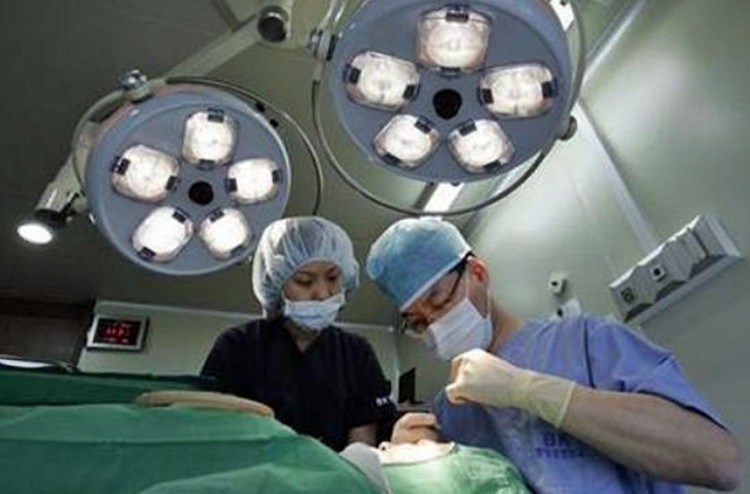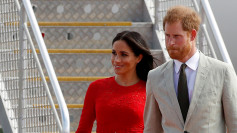More and more Japanese are traveling to South Korea for high-quality but comparatively inexpensive cosmetic surgeries, but several unfortunate incidents have prompted Tokyo to warn the Japanese against the hidden dangers in these procedures.
South Korea's Ministry of Health and Welfare (MoHW) reported that 6,000 Japanese visited South Korean medical institutions for cosmetic surgeries in 2017, an almost 20-fold increase from nine years ago. The influx is being driven by South Korea's relatively cheap surgical costs, and by the bewildering but enduring popularity of K-Pop stars in Japan.
MoHW also said 319 of the Japanese who visited South Korean medical institutions in 2009 did so for orthopedic surgery, which includes cosmetic surgery. In 2011, this figure zoomed upwards to 1,570 because of the massive success of K-Pop (the first and second wave) and its good-looking boy and girl singers/dancers.
In 2017, the third wave K-Pop wave saw this number skyrocket to 5,947 people or about 19 times the 2009 figure. South Korean surgeons said the vast number of Japanese clients seeking plastic surgery is definitely being influenced by K-Pop.
At one very popular plastic surgery clinic in Seoul, 90 percent of the 30 clients who visit the clinic each day for surgery or consultations are Japanese. Eight in 10 of these Japanese are in their late teens or 20s, and the majority go undergo surgery to change the shape of their nose or eyes.
One Japanese girl said she paid $3,570, around half of what the bill would have been in Japan, to make the bridge of her nose three millimeters higher and to change her nose's shape. She wanted to look like one of the members of Twice, a popular South Korean K-Pop girl group.
This incredible rise in numbers has come at a price, however. Botched surgeries are no longer uncommon.
Japanese cosmetic surgeons have long warned that if a Japanese has had cosmetic surgery, that body part won't return to the way it originally was. Japanese considering cosmetic surgery should think really hard about whether they really want to have surgery overseas. Doing this will mean these persons often won't be able to properly communicate with their doctors, which is critical in post-operative care.
Doctors at Dr. Spa Clinic, a cosmetic surgery clinic in Shibuya Ward, Tokyo, said there's definitely been a rise in patients with problems stemming from cosmetic surgeries performed in South Korea. Most of these apparently unsuccessful operations involve facial bones that were shaved to make the face appear smaller. The downside is that sagging skin becomes noticeable around the face several years later.
The director at the Japan Association of Aesthetic Medicine said he often doubts whether doctors in South Korea properly explain the problems that might emerge after cosmetic surgery. Dr. Yoshiro Suzuki pointed out that cosmetic surgery does not end when the operation does. "It's necessary to regularly visit the clinic for follow-up checks," he emphasized.
In one instance, a Japanese man in his 20s who had his cheekbones made smaller in an operation in South Korea complained of facial swelling and failing eyesight after he returned to Japan. He told one of the consumer affairs centers he had insufficient time to deeply discuss the surgery with his doctor. He said what he ended up with was a face different from what he wished for.






